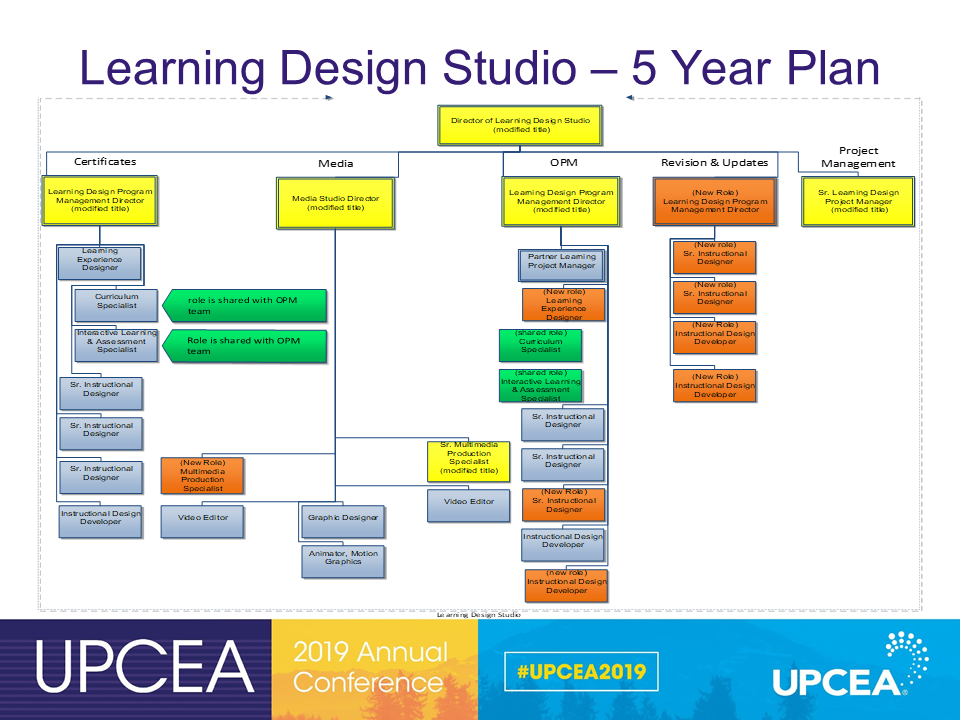I love managing teams because I wanted to be a teacher. Not a big classroom teacher, but a close, one-on-one coach. Managing a team, I get to be the kind of teacher-coach I want to be. I get to ask my staff what they really want, and work with them to find a way they can work on organizational and personal goals simultaneously.
The moments I’ve loved most, and been most proud of as a manager, are the moments in which the power structure faded away, and we worked as collaborators, bringing our own special skills and humanness to create the best product we can. Those are times of great trust, and growing culture. As the saying goes “Culture eats strategy for breakfast.”
I’ve found success creating those moments at both UW Continuum College and as Lead Instructional Designer for the UW HR/Payroll project. In both cases, I found it vital to build a culture of clear goals, where we’re all on the same team, working toward the same objectives, and where changes to goals are communicated as early as possible, so staff can conceptualize the changes to their work, and bring their knowledge to enacting those changes.
Comprehensive 1, 3, and 5 year staffing plans, internal OPM
To create a strategic picture as far ahead as possible, in Continuum College, I worked with the leadership team to draft 1, 3, and 5 year goal organizational charts and responsibilities. We thought of these as building towards an “internal OPM” – an online program management team that could shepherd high-demand, high-value programs into becoming accessible, high-quality online programs.
To create these organizational charts and responsibilities, we reviewed literature and best practices, interviewed both our program managers and faculty about their needs, and evaluated the best technology and process fits for the needs of these stakeholders.
Each of these images represents a significant shift in responsibilities for more than one team member. I worked hard to be open with the team about these shifts, gather their feedback and implement it where appropriate, and support them as they transition into these new roles.
Focusing on the Outcome
Educational Technology/Design is complicated. It requires the integration of many interrelated subjects, honoring many requirements from stakeholders as varied as students and teachers.
My staff and I read together. We recently read Atul Gawande’s The Checklist Manifesto. Gawande gives examples of using checklists in medicine, aircraft construction, and large building projects – all subjects that share levels of complication with Educational Technology and Design.
We used guides in Gawande’s book to create several internal checklists, which have helped us focus on our products – whether we deliver on what we’re promising, and our stakeholders’ needs. These checklists have guided and supported us through a successful transition away from Adobe Presenter, and improving three technology adoptions. They’ve resulted in fewer ‘process’ questions, less repetition, and more complete products for our learners and teachers.

